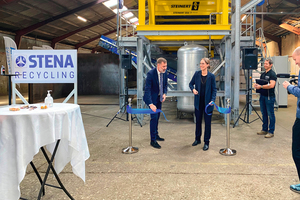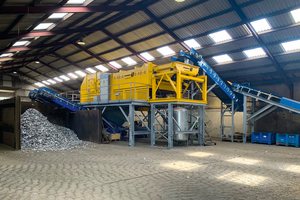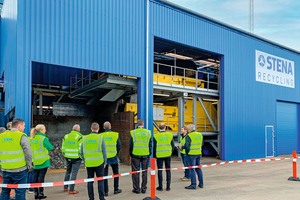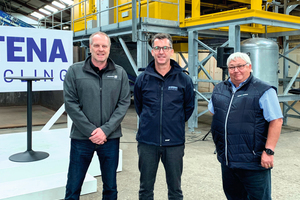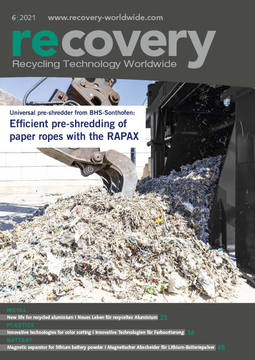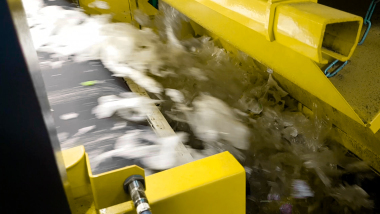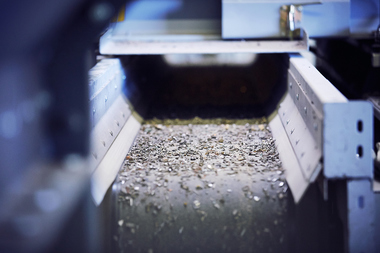X-ray technology and CO2 reductions – how are the two compatible?
Denmark’s Environment Minister Lea Wermelin and Henrik Grand Petersen, CEO of Stena Recycling, officially opened the new “X-ray Sorting Centre” in Roskilde. Afterwards, Steinert spoke to Stena’s Outbound Sales Manager Jesper Fournaise about how exactly dry density separation using x-ray transmission fits with the issue of sustainability.
In Roskilde, 30 km to the west of Copenhagen, Denmark’s forerunner metal recycling firm is putting its faith in “x-rays”, or more accurately in Steinert’s x-ray transmission technology, when manufacturing ultra-pure aluminium. Given that aluminium is increasingly replacing materials such as steel and can be 100 % recycled, this metal has a very promising future. Using secondary aluminium, also known as green aluminium, cuts energy use in production by up to 90 % compared with virgin material and thereby avoids tonnes of CO2 emissions.
If recycled aluminium is used to produce new products, aluminium manufacturers do however need their secondary raw materials to display consistently high levels of purity. “This is one of the challenges resolved by sorting technology,” says Jesper Fournaise, who is responsible for aluminium production and sales. When sorting with x-ray technology, density is the key distinguishing criterion. Classifications are very precise and enable high quality metals to be produced. Here the sorting machine is used to separate free heavy metals, aluminium compounds, free magnesium and wrought and cast aluminium parts, for example.
Technological advancement paves the
way for sustainability
“We‘re the green gods,” is how Jesper Fournaise describes his team. By this, he means that scrap is converted into reusable material that‘s fed back into the production cycle. It quickly becomes clear that this is something he is deadly serious about. “In my house, we sort our waste like nobody else. And we‘re teaching our kids to do the same.” When asked what has changed the most over the last few years, he says: “We used to send our scrap to the Far East, where it was sorted by hand and we didn‘t know what happened to the material. Advancements in technological sorting represent one of the greatest differences. Now, here in our own country, we‘re able to use x-ray technology to meet very high quality standards in order to put the metal back into commercial use.”
For a long while now, it has not just been about the sales price of a metal, adds Fournaise knowingly, but also about the documentation of how material flows are handled, for example distances transported. “By using secondary raw materials, our customers, the smelters, cut CO2 emissions and sorting is one of the most important primary stages for this.” At the end of the day, we are comparing the environmental impact of primary goods with the use of secondary raw materials. When producing these metals, Jesper Fournaise’s team focus fully on quality that is defined not by themselves but their customers. “Because we strive for qualities similar to those of primary aluminium we opted for sorting technology from Steinert. Steinert simply delivers the values we need for copper, zinc, manganese and magnesium. We‘ve conducted continuous tests and now we‘ve found the right level of quality.”
Asked what drives his team and how they make decisions about new technology, Jesper Fournaise replies: “It’s all down to what our customers need.” And when the concepts get more specific, Steinert’s Danish partner Viggo Bendz is the main contact for the innovation process. Tests in the Steinert Test Centre in Cologne then help to fine tune the sorting programs and to train the staff.

